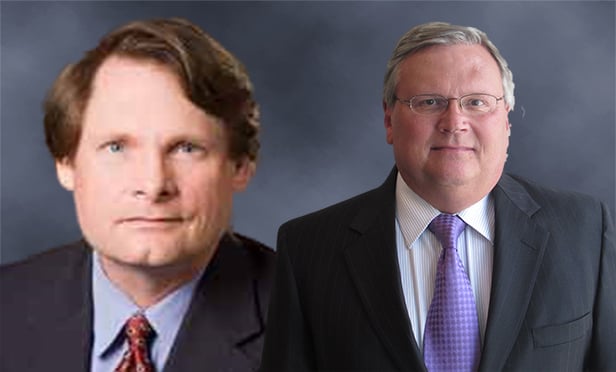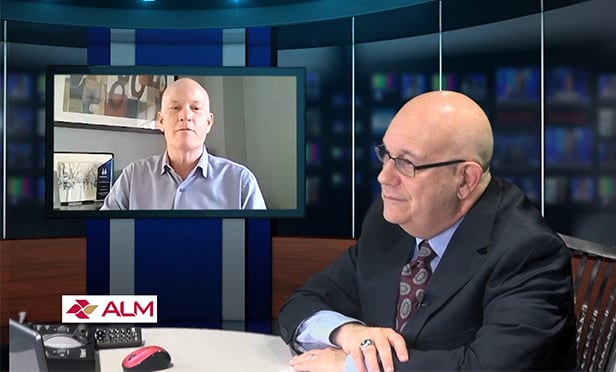The survey clearly identified how much the respondents have paid attention to energy conservation, especially in recent years. Part of this is reflected by the significant increase in energy audits performed over each of the past three years, and how they affect energy savings.
"One of the areas that has not been covered well is the relationship between what people are doing to save energy and how that relates to energy consumption," says Peter S. Kimmel, a former facilities manager and Publisher of FMLink.
The survey brought a number of surprises, Kimmel says, including the great extent of how much facilities managers (FMs) and real estate professionals know about energy conservation, and the degree to which energy audits affect results. "FMs used to rely on outside consultants," Kimmel explains.
Much of that learning undoubtedly comes from managers studying their own facilities, and implementing changes, the report said. Those buildings which have undergone re-commissioning two or more times a year had significantly more energy savings over the past two years than others, the survey reported. There also was a noticeable difference between those who did it once a year and the rest of the respondents--up to 20% improvement--but not for as many as those who re-commissioned twice a year. Those who re-commissioned less than once a year showed at least a 5% improvement in energy savings.
This first-ever survey was 18 months in preparation, with FMLink partnering with a number of trade groups including BOMA, the US Green Building Council, and the Association for Facilities Engineering. The survey, which was conducted online and promoted to FMLink subscribers and members of the participating associations, was sponsored by McQuay International, Performance Roof Systems and Philips Lighting.
Some 80% of the 676 respondents were from North America. The survey respondents consumed more than 2.36 billion kWh of electricity during 2007, a figure large enough from which to draw major conclusions, FMLink says. Overall, the respondents averaged energy savings of 5% to 10% over the past two years, with 57% of those measuring their savings through the money expended on utilities, energy consumed or their energy score. An additional 23% used some form of internal analysis.
But the economy clearly has had an effect on how many of the recommendations from an energy audit are implemented. Lower-cost initiatives such as the installation of timers were clearly on the increase, versus major capital projects.
Yet a significant number reported using fairly sophisticated techniques--for example, 43% of the respondents said that all their air supply and exhaust hoods, vents, and ventilators are equipped with dampers to close automatically when spaces served are not in use, a surprise to FMLink.
Another surprise was the extremism on the part of building owners, an all-or-nothing approach that entails either full-on installations of the technology or absolutely ignoring the issues.
"There are bosses out there who said, 'Let's do everything,'" Kimmel says. "Others said they're not spending a nickel."
But even partial solutions can be of help, he adds. Installing motion sensors in all restrooms might be prohibitively expensive, and not even useful for a facility that's used frequently. But placing a sensor in a less convenient location might be a good investment, Kimmel adds.
Several areas for improvement also were pinpointed. While the fact that 59% of the respondents said they have occupancy sensors in their general office space, is tremendous progress, it indicates possibility for future growth. In addition, less than 1% of the respondents have a green roof, with a vast majority--87%--reporting that any plan to do so would be at least five years away, likely due to the cost, the survey said.
The key is education. "There needs to be a lot more education, a lot more focused and organized," Kimmel says.
And plans call for another survey of some kind. This first effort was designed to be a large overview, giving FMLink and the association an idea of what else should be examined in greater depth.
"We found a lot of stuff out that will need further research," Kimmel says. "We've just scratched the surface here."
Want to continue reading?
Become a Free ALM Digital Reader.
Once you are an ALM Digital Member, you’ll receive:
- Breaking commercial real estate news and analysis, on-site and via our newsletters and custom alerts
- Educational webcasts, white papers, and ebooks from industry thought leaders
- Critical coverage of the property casualty insurance and financial advisory markets on our other ALM sites, PropertyCasualty360 and ThinkAdvisor
Already have an account? Sign In Now
*May exclude premium content© 2024 ALM Global, LLC, All Rights Reserved. Request academic re-use from www.copyright.com. All other uses, submit a request to [email protected]. For more information visit Asset & Logo Licensing.








